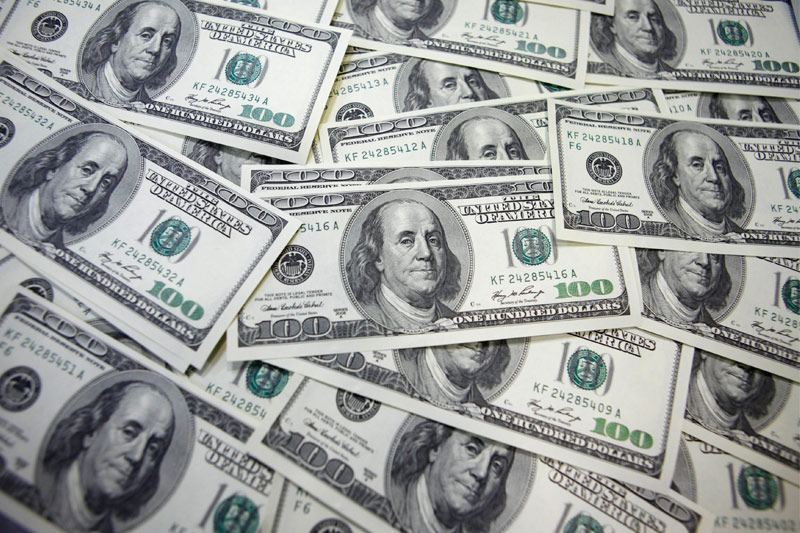Investing.com - The dollar held gains against the other major currencies on Friday, as concerns over ongoing tensions in Ukraine continued to support demand for the safe-haven greenback.
The dollar was higher against the euro, with EUR/USD down 0.55% to 1.3765.
Investors remained cautious after pro-Russia separatists in eastern Ukraine ignored a public call by Russian President Vladimir Putin to postpone a referendum on self-rule. They said they plan to go ahead on Sunday with a vote that some fear could lead to a civil war.
European Commission President Jose Manuel Barroso said on Friday that the European Union was still struggling to agree on what approach to take on the crisis and that the event was the biggest threat to European security since the fall of the Berlin Wall.
The single currency had weakened broadly on Thursday, after European Central Bank President Mario Draghi said the central bank governing council is comfortable with acting at its next meeting, after the bank has published fresh forecasts for inflation and growth.
Earlier Friday, official data showed that Germany's trade surplus narrowed to €14.8 billion in March from €15.8 billion in February, whose figure was revised from a previously estimated surplus of €15.7 billion. Analysts had expected the trade surplus to widen to €16.6 billion in March.
The pound was lower against the dollar, with GBP/USD dropping 0.53% to 1.6843.
Official data earlier showed that U.K. manufacturing production rose 0.5% in March, beating expectations for a 0.3% gain, after a 1.0% increase the previous month.
A separate report showed that the U.K trade deficit narrowed to £8.48 billion in March, from £8.75 billion in February, whose figure was revised from a previously estimated deficit of £9.09 billion. Analysts had expected the trade deficit to widen to £9.00 billion in March.
The dollar was higher against the yen and the Swiss franc, with USD/JPY edging up 0.10% to 101.75 and with USD/CHF gaining 0.66% to 0.8860.
The greenback was higher against the Australian, New Zealand and Canadian dollars, with AUD/USD down 0.19% to 0.9357, NZD/USD shedding 0.25% to 0.8624 and USD/CAD advancing 0.62% to 1.0899.
In Canada, official data showed that the number of employed people fell by 28,900 last month, compared to expectations for a 12,000 rise, after a 42,900 increase in March.
The report also showed that Canada's unemployment rate remained unchanged at 6.9% in April, in line with market expectations.
The Aussie came under pressure after Reserve Bank of Australia reiterated that interest rates will remain at record lows for the foreseeable future, as a fall in mining investment and fiscal tightening weigh on growth.
The US Dollar Index, which tracks the performance of the greenback versus a basket of six other major currencies, was up 0.52% to 79.89.
